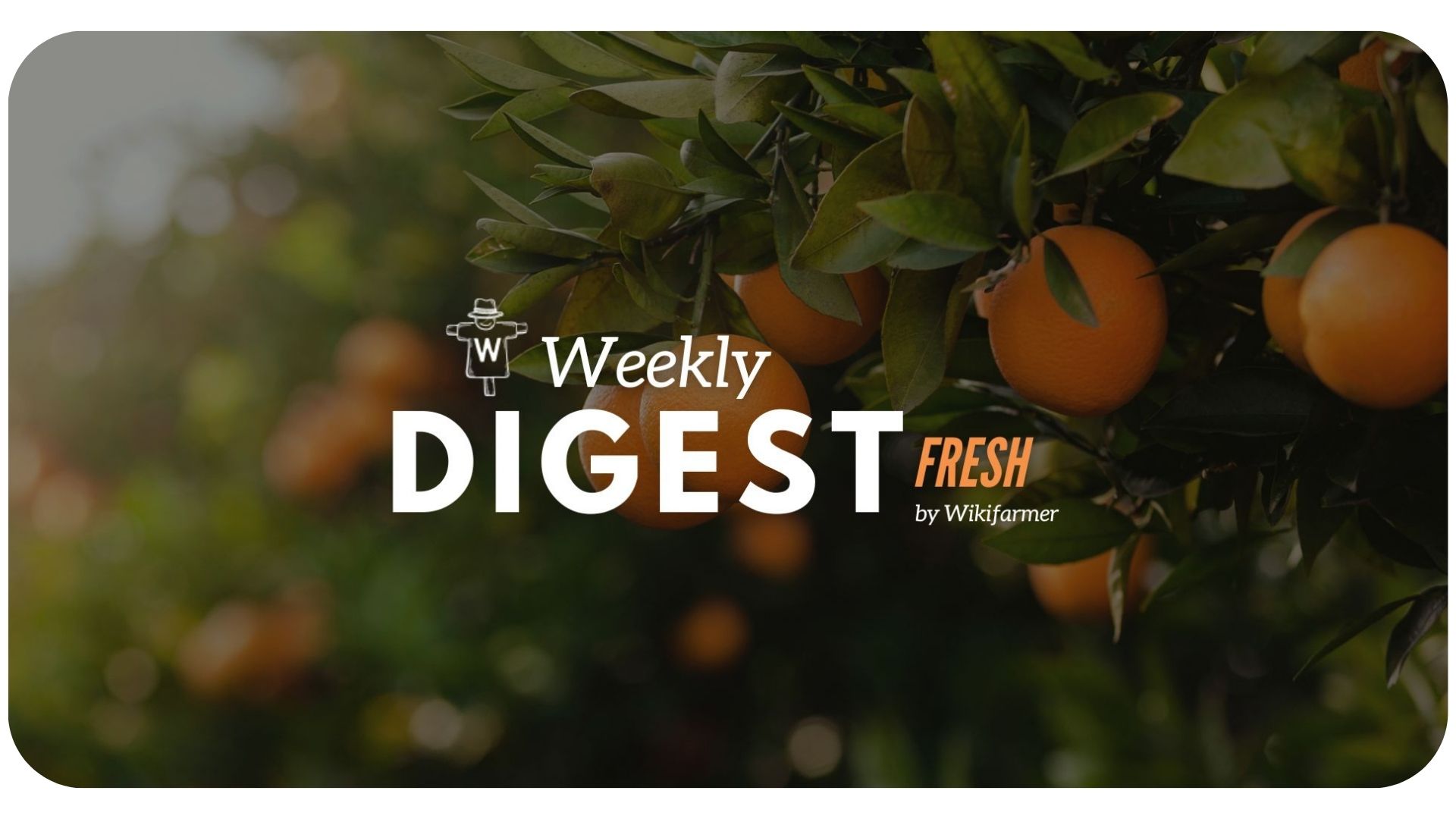Orange Market Digest w5

Weekly Orange Market Updates
Signs of Customer Saturation across the EU
Being already in the second month of 2024, we have observed that the overall image of the European market shows a trend toward saturation. This movement is reflected in the number of orders placed on the Wikifarmer Marketplace in January, showing a slight slowdown compared to previous months, combined with a significant drop in total order value.
.png?upscale=true&width=1120&upscale=true&name=dR2tl-number-of-orders-containing-oranges%20(1).png)
The authorities behind Europe's most important fresh produce wholesale markets have also noticed such movements, namely the Rungis wholesale market in France and the various markets in Germany. As a result, orange availability levels across varieties and origins have increased across Europe; falling prices followed in many cases, even though the results among markets and across varieties were rather diverse.
The blend of lower prices and infrequent orders has led to lower revenue generated by commercial transactions on oranges, a process that has also affected Wikifarmer's results, as shown below:

The Aging Workforce Harms the Prospects of Japanese CitrusMain Price Movements in the EU
Following the previous string of reasoning, even though demand for exports is continuing smoothly for some cases of product origins, like Greek produce, the overall landscape is characterized by price stability with sparse negative movements. The latest data shared by the EU-Directorate General for Agriculture and Rural Development have as follows for the major orange-producing countries of the region:

Season's End in Sight
Approaching the wrap-up of the season, it has now become clear to us that, even though demand has not followed orange availability close enough, the year was better for some operators compared to the previous, with regional discrepancies also being a fact. That was because of the great scarcity of the product due to the poor results of the main producing countries of the world, mainly located in South America. Brazil and the state of Florida in the US are prime examples of those regions, with the production outcome being much worse than the average of previous bad crops. As a result, growers benefited in areas where the quality downgrade was insignificant, like Greece. In contrast, producers in Almeria have faced price drops relatively bigger than output drops, resulting in significant revenue losses.
.jpg?upscale=true&width=1120&upscale=true&name=logos-top_graphics%20(12).jpg) In any case, we saw temporary changes in weather conditions driving hope and despair among the field's experts, reshaping their production output forecasts frequently and inducing uncertainty to operators on the market's demand and supply side. Another source of uncertainty across fruit markets in recent months has been disruptions in trade, such as that caused by the Red Sea crisis, which has blocked access to the most enticing markets for North African citrus suppliers.
In any case, we saw temporary changes in weather conditions driving hope and despair among the field's experts, reshaping their production output forecasts frequently and inducing uncertainty to operators on the market's demand and supply side. Another source of uncertainty across fruit markets in recent months has been disruptions in trade, such as that caused by the Red Sea crisis, which has blocked access to the most enticing markets for North African citrus suppliers.
All in all, disturbances and facilitations in the flow of goods across the established world trade routes dominated agricultural news in 2023. Developments on that frontier were sometimes adverse, like as part of the conflict above, and at other times positive, as in the various cases of inter-state agreements furthering trade relations and private initiatives resulting in boosts of the activity across value chains.
.png?width=450&height=87&name=New%20Logo%20(1).png)